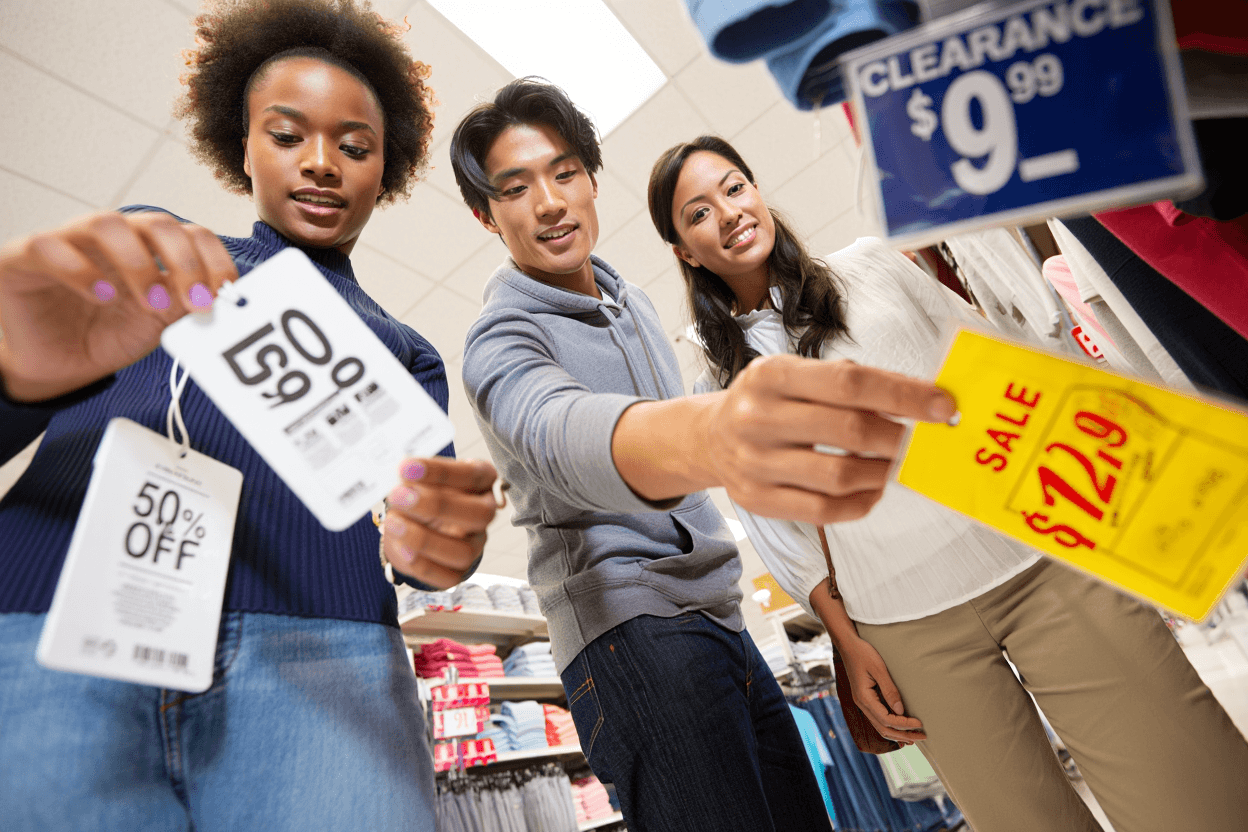Black Friday is a strategic opportunity to drive high-quality traffic, increase conversion rates, and deepen customer loyalty. But doing it well requires more than dropping prices and hoping for a spike in sales.
Australian businesses are entering a more mature phase of Black Friday participation. The competition is sharper, the margins are thinner, and customer expectations are higher. If you’re not approaching this with clear intent, you could be left with overstocked inventory, wasted ad spend, and missed long-term value.
The goal is to help you shift from reactive to proactive, using data, refining your digital strategy, and aligning every part of your campaign with what actually drives performance.
Key Black Friday 2025 Dates To Plan For
- Black Friday: Friday, 28 November 2025
- Cyber Monday: Monday, 1 December 2025
- Extended sale periods: Increasingly, Australian shoppers are engaging with promotions from the Monday prior through to the following week.
With more businesses running Black Friday campaigns over multiple days, or even weeks, it’s important to avoid overloading your audience. Instead of repeating the same offer across the whole period, structure your campaign in stages.
That might mean starting with a teaser, launching a time-limited offer at the peak, and following up with a final call to action. Your discount doesn’t need to run for ten days, but your strategy should.
What Australian Shoppers Expect In 2025
Digital behaviour has outpaced many business strategies. In 2025, you’re not just competing on price, you’re competing on experience.
Mobile-First, but Not Mobile-Only
Shoppers might start their journey on mobile, but high-value conversions, particularly in B2B or premium retail, still often close on desktop. Your user experience needs to be seamless across every device, with fast-loading pages, clear navigation, and a checkout process that doesn’t introduce friction.
In the lead-up to Black Friday, it’s worth running session recordings and funnel analysis to identify drop-off points across different devices, to highlight friction before your traffic surges, giving you time to fix them.
Expectation of Personalisation
AI-driven product recommendations, dynamic content, and segmented email flows have moved from “nice-to-have” to baseline expectation. Shoppers now assume that their experience will feel relevant to them, even during high-volume promotional periods. But there’s a fine line between useful and intrusive.
Behavioural data should shape how and when personalisation appears, without resorting to aggressive tactics that feel forced or robotic. Keep the focus on creating an experience that feels intuitive, not overly engineered.
Fulfilment Is Part of the Brand
The customer journey doesn’t end at checkout. In fact, for many first-time buyers, what happens after the sale will define whether they return. Fast shipping, frictionless returns, and proactive order updates are now part of how your brand is judged.
If you know your fulfilment capacity will be stretched during peak periods, it’s better to be upfront. Messaging like “Dispatches in 5-7 days” sets a clear expectation and builds trust. Customers value clarity more than empty promises.
What We Learned From Black Friday 2024
Black Friday 2024 confirmed its place as a key moment in the Australian retail calendar. Consumer spending exceeded $37 billion, with retail sales for November up 3% year-on-year, despite cost-of-living pressures.
The biggest shift was early demand. Many retailers launched offers well before the official date, with mid-November campaigns proving highly effective. Waiting until Black Friday itself now means missing a significant portion of ready-to-buy traffic.
Consumers were also more considerate in their purchases. Big-ticket items like electronics, homewares and fashion led sales, reflecting a shift from impulse buying to value-driven decision-making.
Mobile dominated again, with businesses that offered fast, seamless mobile experiences capturing the bulk of traffic and conversions. Those that integrated online and in-store touchpoints also saw stronger results.
Personalised offers outperformed generic discounts. Businesses that used data to segment audiences and tailor messaging saw higher engagement, better conversion, and stronger long-term value.
The takeaway? Black Friday rewards planning. The brands that performed best aligned their offers, platforms and campaigns to real customer behaviour, rather than following the crowd.
Proven Strategies for Black Friday Success
Let Data Guide Your Decisions
Start by reviewing your 2024 campaign performance, but don’t stop at ROAS. Dive into bounce rates, user flows, conversion data, and audience segments. Where did users drop off? Which products or traffic sources drove the most value? These insights should shape your 2025 campaign structure.
Before launch, segment your audience and run pre-sale nurture flows. Talking to cold traffic on Black Friday is a missed opportunity. If you need help setting up meaningful reporting or interpreting your analytics, we can help turn data into direction.
Invest in UX Where It Matters
It’s not enough to have a good-looking homepage. If your product pages are slow, filters don’t work, or mobile checkout is clunky, you’re losing revenue. Prioritise the moments that move customers forward – browsing, adding to cart, and checking out.
Optimise mobile-first, test discount logic, and make sure the journey from ad click to conversion is seamless. A focused UI and UX design can uncover blockers and streamline the customer journey before they become costly.
Align Your Tech Stack With Campaign Goals
Your tools should support your strategy, not complicate it. If you’re aiming for acquisition, set up post-purchase surveys and CRM welcome sequences. If you’re focused on recovering revenue, ensure your automation flows (like cart abandonment or predictive offers) are in place and working.
Equally important: make sure your CMS and ecommerce platform design can handle traffic surges. We’ve seen high-volume campaigns slow down or crash under pressure. If you’re unsure about your platform’s readiness, we can assess and optimise it for scale.
Create Urgency With Integrity
Urgency still works, but only when it’s real. Campaigns that overused countdowns or fake scarcity often backfired. Instead, drive action with early access offers, limited product drops, or timed incentives that align with your stock and brand promise.
We work with clients to build urgency into campaign logic without undermining customer trust. If you’re unsure how to implement this with your current stack, we can help.
Plan Stock and Cash Flow Early
Inventory and budget decisions shouldn’t wait until campaign week. Use EOFY data and previous peak trends to forecast demand, stock key products, and model your cash flow. Avoid overcommitting on slow-moving items or underinvesting in top-performers.
Making Black Friday 2025 Count, and Setting Up for 2026
Black Friday can be more than a short-term spike in revenue. When executed strategically, it becomes a moment to build customer loyalty, gather meaningful data, and sharpen your digital infrastructure.
This year’s campaign should also lay the groundwork for next year. Once Black Friday 2025 wraps up, take time to review what worked and what didn’t. Look at ad performance, landing page conversions, and any technical issues that created friction. Use this insight to capture new leads, build remarketing audiences for the holiday season, and evaluate which tools added value versus those that created admin drag.
By treating Black Friday as part of a long-term digital strategy, not just a promotional event, you’ll walk into 2026 with stronger systems, clearer direction, and more confidence in your approach.
At Arcadian Digital, we work with businesses across Australia to align strategy, technology and execution, so you get real value from every campaign, not just short-term results.
Get in touch to build a performance-focused plan with our team.




